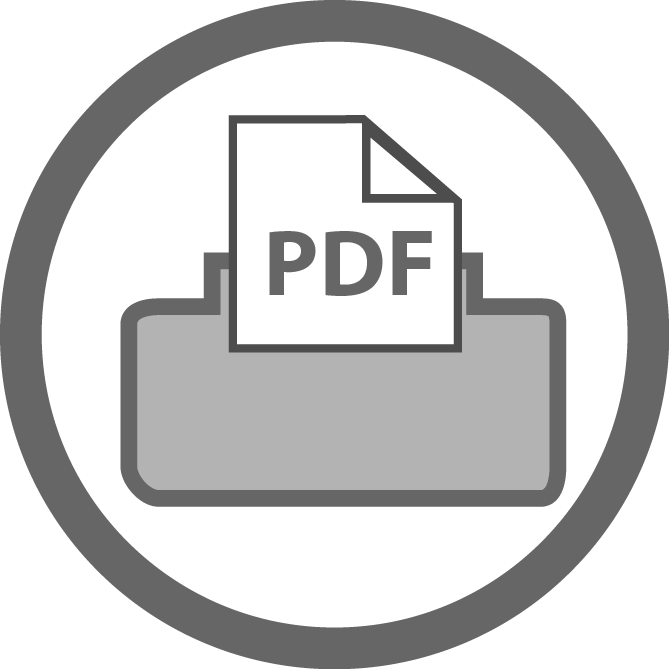 by R J Palacio
by R J Palacio
August Pullman was born with a facial deformity but just wants to be normal. This book explores the nature of friendship, tenacity, fear, and kindness.
Strategies/Skills Used
Reading Strategy 1: Access background knowledge.
Reading Strategy 2: Predict what will be learned or what will happen.
Reading Strategy 5: Make mental pictures.
Reading Strategy 6: Connect what you read with what you already know.
Reading Strategy 9: Identify and interpret literary elements in different genres.
Reading Strategy 10: Summarize what has been read.
Reading Strategy 11: Make inferences and draw conclusions.
Reading Strategy 12: Reflect and respond.
 TEACHING THE ACTIVITY: PRE-READING
TEACHING THE ACTIVITY: PRE-READING
(1) Familiarize yourself with “Choose Kind” (the chapter that begins on page 45) of the novel. Introduce the word precept and get students’ ideas of what is really important to them that might be reflected in an expression or motto. Record student ideas.
(2) Introduce motivational precept by Dr Wayne Dyer: “When given the choice of being right or being kind, choose kind.” Facilitate small group conversations about the students’ interpretation, thoughts and feelings about this quotation. Have one member of each group report their ideas.
(3) Explain that in the read-aloud process for Wonder, conversations like this will be the forum for expressing emotions, exploring connections and negotiating understandings within the text. During this interactive process, they will be assessed in part in their capacity as listeners. (An option for monitoring this process is a “Stickie Strategy,” for which each student is given two sticky notes prior to small group discussions for noting two memorable comments from classmates. These appreciations of peer thinking can be posted for visual sharing.)
 (4) Introduce students to the music and lyrics of the song “Wonder,” by Natalie Merchant.
(4) Introduce students to the music and lyrics of the song “Wonder,” by Natalie Merchant.
 TEACHING THE ACTIVITY: DURING READING
TEACHING THE ACTIVITY: DURING READING
(5) Introduce the novel. Wonder is presented in eight parts, each with a different narrative voice, to give varying perspectives on the central character. Within each part are much smaller sections that can provide flexible read-aloud/dialogue sessions provoked by students’ questions, interests and emotional reactions to August’s story.
(6) Provide students with a personal recording option during their listening of the read-aloud for jotting down thoughts, images and questions.
(7) At the completion of “Part One: August,” have students create a literary Sociogram. Choose with students a fluid representation that can incorporate many connectors as they encounter more characters’ perspectives.
(8) Have students expand and add more detail to their sociograms at the end of each part of the novel.
 TEACHING THE ACTIVITY: POST-READING
TEACHING THE ACTIVITY: POST-READING
 (9) Follow students’ lead for possible extension activities during the novel study and examine opportunities for exploration at http://choosekind.tumblr.com. The Discussion and Educator Guide within this link suggests many engaging project strands.
(9) Follow students’ lead for possible extension activities during the novel study and examine opportunities for exploration at http://choosekind.tumblr.com. The Discussion and Educator Guide within this link suggests many engaging project strands.
(10) Invite conversation and the Reflective Journaling process around either Mr. Browne’s monthly Precepts (listed in the back of the novel) or precepts the students encounter.

 (11) Retrace students’ thinking back to themselves and what is important to them. Use the attached word list as a guide to brainstorm vocabulary that describes personality characteristics other than physical traits. Provide an opportunity for students to create a visual “word cloud” of themselves or of each other.
(11) Retrace students’ thinking back to themselves and what is important to them. Use the attached word list as a guide to brainstorm vocabulary that describes personality characteristics other than physical traits. Provide an opportunity for students to create a visual “word cloud” of themselves or of each other.